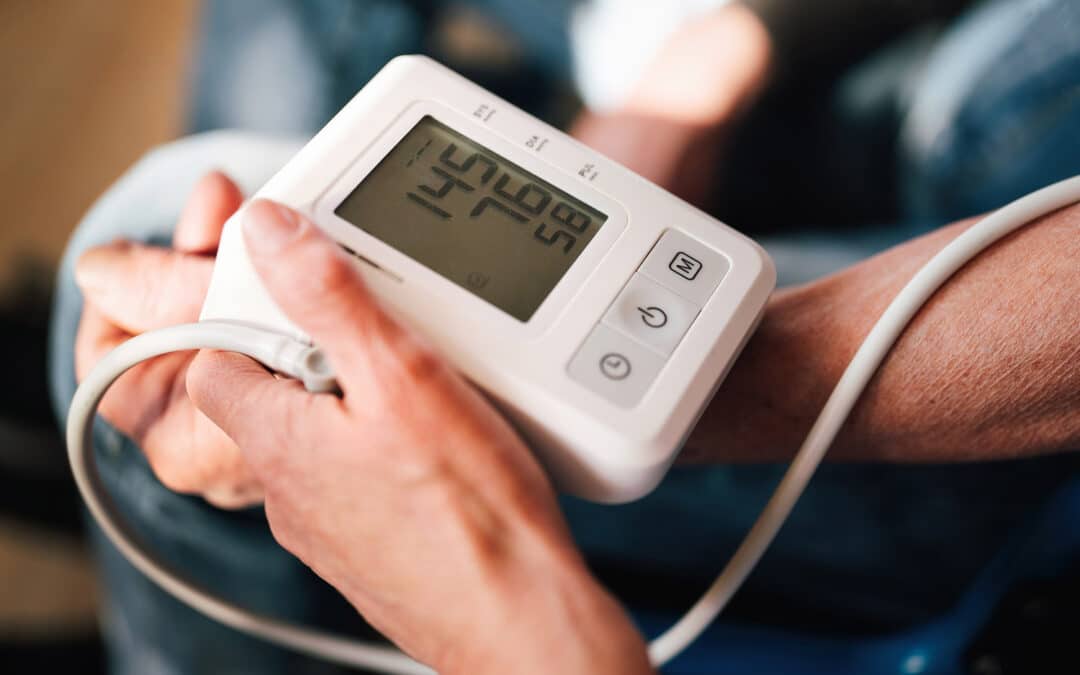Living with Peripheral Arterial Disease can cause a number of painful symptoms, making simple tasks such as walking difficult. The good news is that with today’s methods, patients can get PAD treatment through non invasive methods to help alleviate symptoms, cut recovery time, and lead the patient to a healthier lifestyle.
Almost 1 in 5 people are living with Peripheral Arterial Disease in the U.S. It is most likely to affect those who are over the age of 65. Some people experience symptoms and are simply not aware. However, leaving it untreated can increase a patient’s risk of heart disease, heart attack, and stroke. Allowing this disease to go untreated can also lead to gangrene and the loss of limbs with amputation. People with PAD are more likely to be patients who also have other types of diseases or ailments including diabetes, high cholesterol, and high blood pressure.
What is Peripheral Arterial Disease?
Peripheral Arterial Disease is directly caused by blocked arteries, also known as atherosclerosis, which restricts blood flow. When blood flow is limited, oftentimes, the legs and feet experience repercussions as a result. Symptoms of this disease include:
- Pain when walking
- Cramps that are painful in the buttocks, legs, and feet
- Ulcers that can take a while to heal or that never heal at all
- Leg pain
- Numbness in the legs
- Weakness in the legs
- Cold feeling in the legs or feet
Ulcers are usually what leads to the amputation of lower extremities. Ulcers can start out as blisters and when left untreated, the possibility of infection increases. Again, a ton of these symptoms go on ignored simply because the individual may view them as normal. However, if you are someone who experiences symptoms such as these on a regular basis, it may be best to visit a vascular specialist to get tested for Peripheral Arterial Disease. The consequences can be severe but treatment options are available.
Treating Peripheral Arterial Disease
Previously, Peripheral Arterial Disease was treated through a surgical procedure, or lower extremity bypass surgery. Performing a lower extremity bypass includes creating incisions in the leg to help restore blood flow in the affected area. Nowadays, open surgery is reserved for those who are not eligible for the less invasive option, peripheral angioplasty and stenting.
Today, peripheral angioplasty and stenting is a modern and innovative way used to treat Peripheral Arterial Disease. The peripheral angioplasty portion of the procedure utilizes a balloon to open up the vessel guided by X-ray technology. By combining the use of a peripheral angioplasty with a stent, the vessel has the ability to be opened and remain open for much longer than without one. Following the procedure, blood circulation should be improved and symptoms of Peripheral Arterial Disease should decrease.
Another way to help treat Peripheral Arterial Disease is through an atherectomy, which uses a sharp blade guided through a catheter to scrape off and collect the offending plaque and clear the affected blood vessels. X-ray guidance is also used during an atherectomy to ensure that the catheter and blade are carefully navigated through the body.
What to Expect
It is preferable for patients to have not eaten if their appointment is scheduled for the morning due to the need for local anesthetic for this minimally invasive procedure. After being prepped by the medical team, light anesthesia is administered and the vascular physician is ready to begin.
The balloon is placed through a catheter, which is then placed through the designated opening (wrist or leg) and guided towards the affected vessel. Once the vessel is opened, a stent is carefully placed to keep the vessel open and restore blood flow to the rest of the body. The timeframe on a procedure such as this one depends on the complexity of the situation at hand.
After the procedure, the patient may be monitored for a few hours before being allowed to go home. Patients are encouraged to resume their everyday activities but to hold off on exercise programs or any other rigorous forms of physical activity.
Risks
As is common with other methods of treatment, having a peripheral angioplasty and stent comes with some risk. For example, you may experience bleeding, clotting, or bruising at the access point. You might also experience a relapse of blockage within the artery walls. This is called restenosis and is common. Lastly, you might have an allergic reaction to any of the materials used during the procedure.
At Vital Heart & Vein, our physicians are among a select few that have specialized training for vascular needs. If you have experienced any symptoms you think might be related to Peripheral Arterial Disease and think you may need PAD treatment, give us a call today to schedule your appointment with our interventional cardiologists or vascular surgeons.




